I wanted to get a Leica this time. For real.
You know Leica: stupidly expensive cameras that are more likely to be kept in a closet or worn like a piece of jewellery than actually used (it wasn't like that before, when actual journalists back in the fifties used it as a fast, robust little camera to be used in the field).
Anyway, even if now they seem to be more of a fashion statement, I have always liked the impression of solidity, their simplicity, and that funky way of setting the focus1. But I would have never considered one for real if I had not played with the original Monochrom; that really changed something, the simple pleasure of using and holding this rather large, deceiptively simple and "dense" camera changed somehow my perception of Leicas. I will be honest and declare it right now that none of this matters when it comes to photography; but I'm talking about something else here, I'm talking about very elementary pleasures that are tangentially related to the actual making of photographs; the same pleasure that I get from using bycicles or a Faber-Castell pencil for example.
So I went on and looked for older digital models like the M8.2 and the M9, and for cheap lenses that I could afford; however after a cursory search on the internet my excitement quickly faded off and I realized that I'd better get something else.
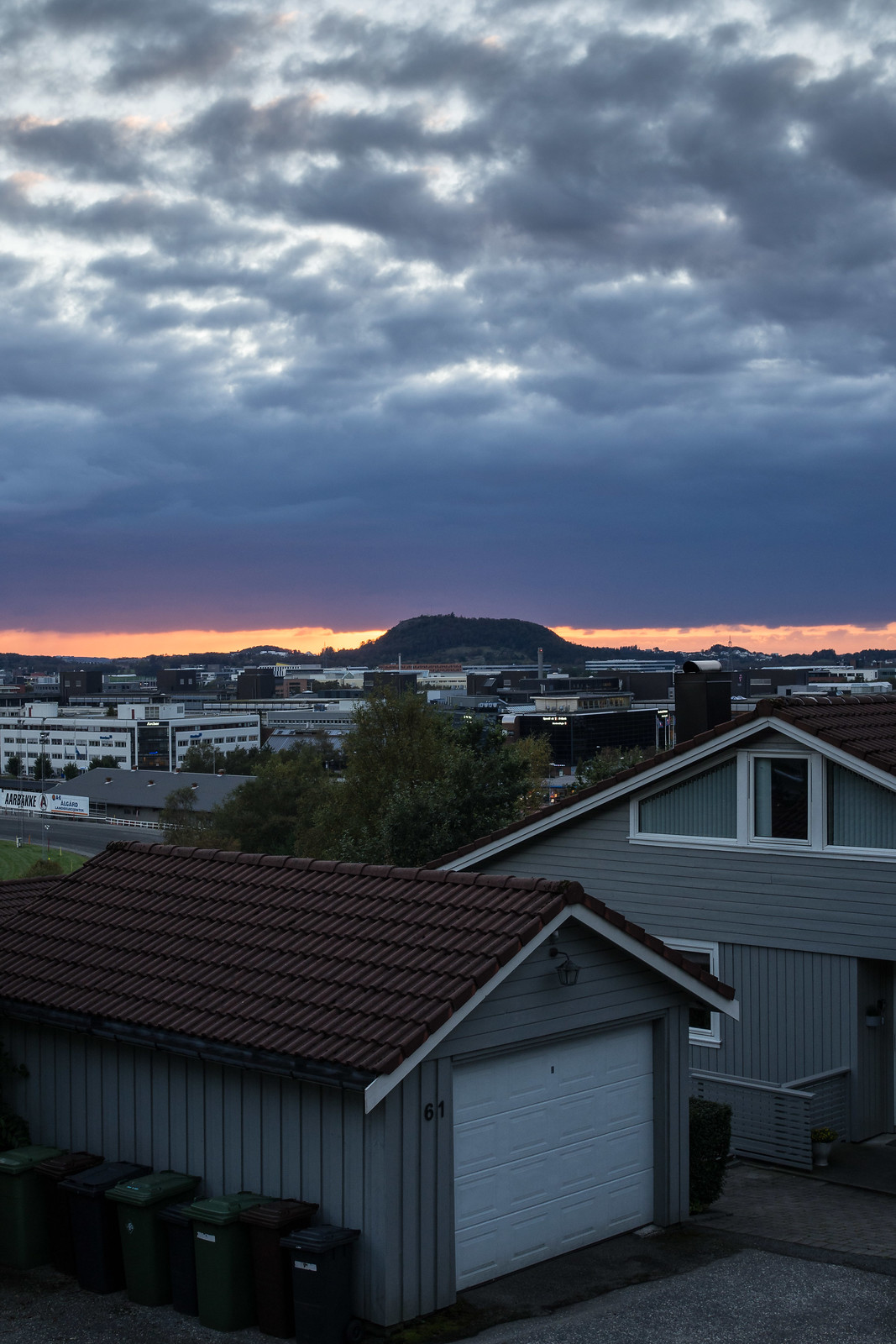
I thought about my D600 which was not going anywhere being so incredibly good at everything: comfortable and fast to use; incredible sensor output even now 3 years down the line -- regardless of all the shit and dust you can collect, it's still basically the same heart that powers the now much acclaimed D750.
So the D600 was here to stay; what I was missing was probably a smaller camera that I could carry anywhere without second thoughts; a camera that I could throw in the backpack when I go biking somewhere or carry on my daily work commutes, something that I could have always with me to record snapshots2 that sometimes change the balance of your day.
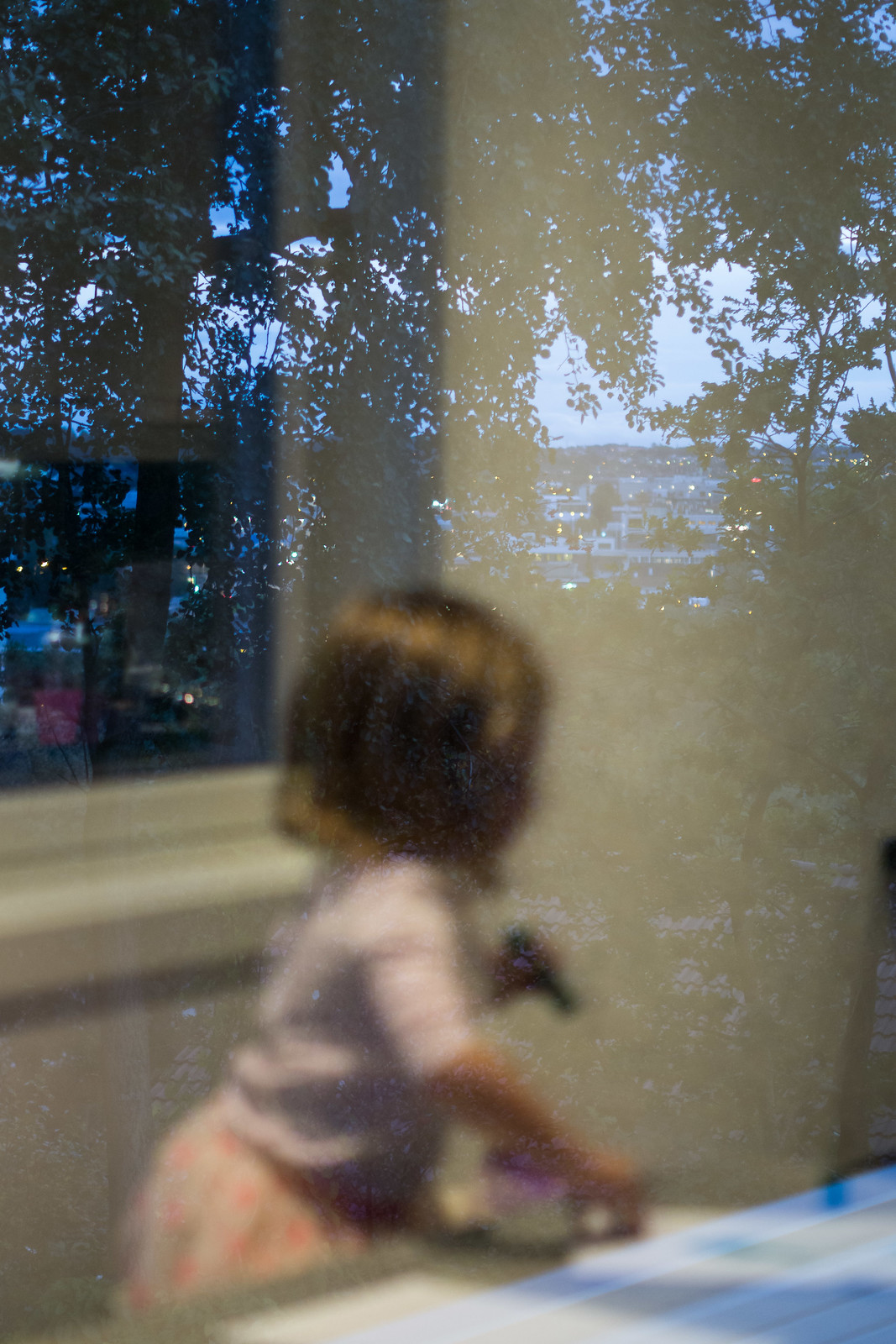
And mind you, it's not that I am big-heavy-zoom DSLR user; on the contrary, the lenses that I use the most with my D600 are an old 50mm AF f/1.4 and a manual focus 28mm f/2.8. I am used to bring the Nikon with me everywhere but in actual fact, sometimes it is indeed a bit heavy and cumbersome (I remember hiking with my little daughter in the backpack and the Nikon stuffed between sandwiches and nappies).
So yeah, I could do with a small camera. And I still had good memories of my GF1, that was lying unused somewhere. There were these small compact cameras with big sensor that were enticing (Nikon Coolpix A and Ricoh GR) but their lenses were fixed 28mm-equivalent and I simply don't see that wide; if I only have one lens that's gonna be a 50mm or something like that.
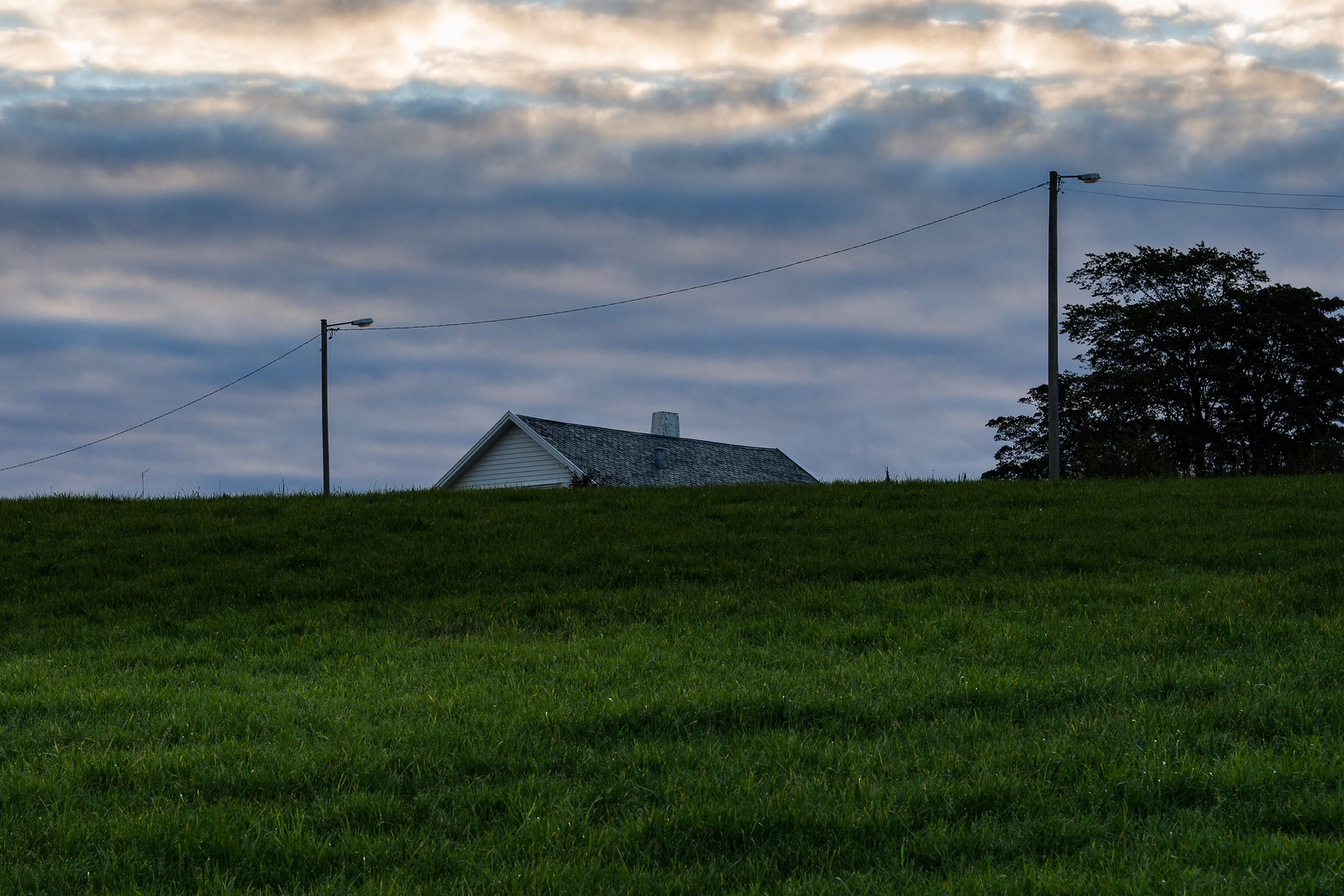
So I did an experiment; revived my GF1, bought a new lens (a 50mm equivalent, obviously -- the Olympus 25mm f/1.8) and used it to document my trip up north at the end of August last year. And guess what -- I had fun with it, and at the end I got the proper images to tell my story; not particularly rich or detailed but good honest little black and white snapshots.
That was undeniable proof that I was on the right track; I kept my 25mm and completed the upgrade buying the 'old' Olympus OMD-EM10 (its second iteration had just been announced) and the 45mm f/1.8 taking advantage of the end-of-life discounts that Olympus Europe was having over the summer. The crazy thing is that I paid the body only 350 euros. With the same money I could probably have bought a knob of a Leica. And with 2.5 Leica-knobs I now had a tiny system covering all my most used focal lengths (I still had the old Panasonic 14mm -- a 28mm-equivalent -- from my GF1 days).
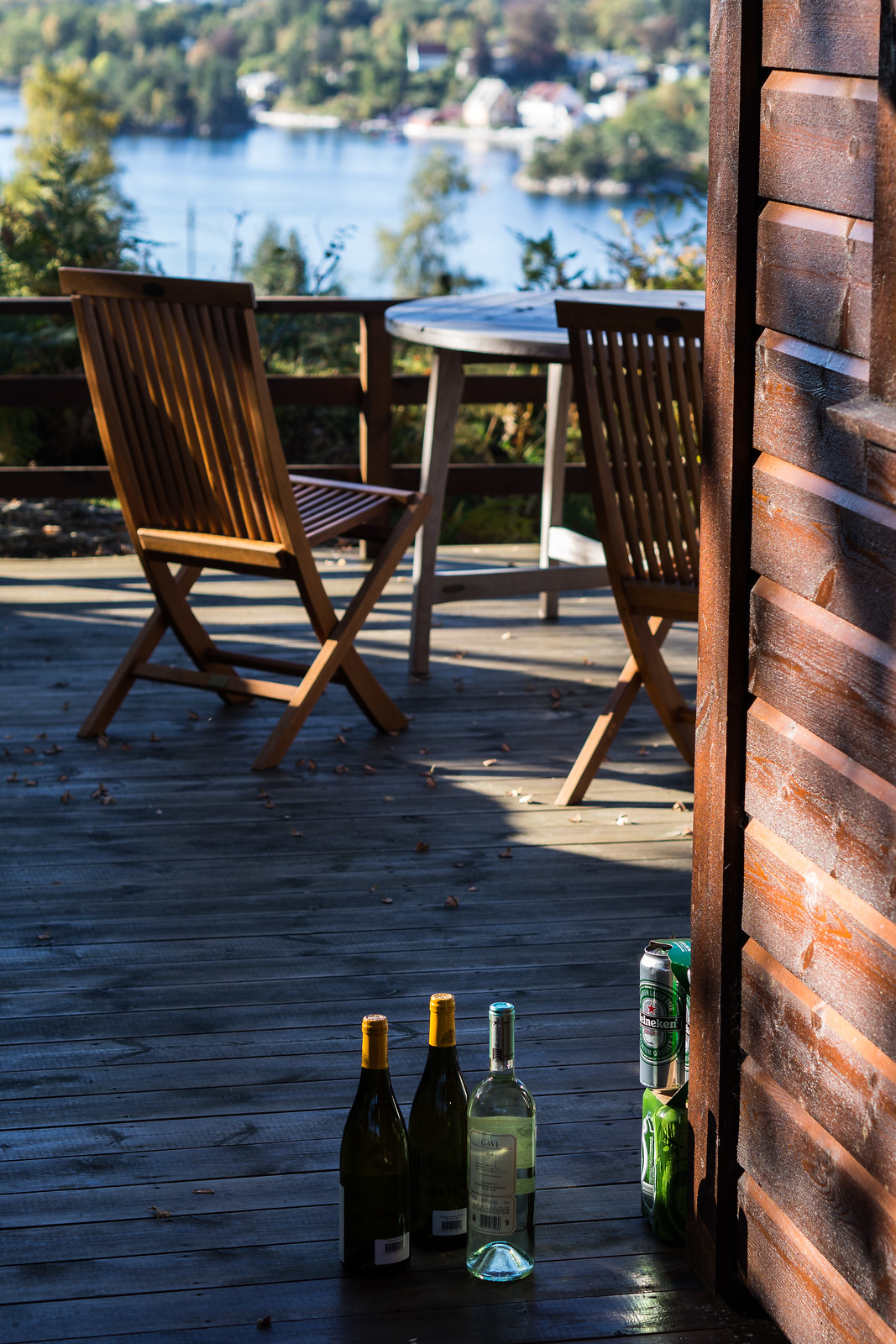
I have been using the little OMD quite a lot since I'm here in Norway. The 16 megapixels sensor may be rather old, and the stabilizer is only 3-way as compared to 5 of the newer Olympus, and the electronic viewfinder is just decent, but good enough to let you take photos. Pricewise the camera is a star and I would recommend it to everyone that knows his way around cameras (beginners should look somewhere else; too many things you can customize in here -- a beginner should be given this camera with most of the litte buttons taped over or glued to the case and at least one knob detached and stored away in a closet).
Some blogger I now refrain from quoting once said that we have past reached the point of sufficiency with cameras. My D600 is 3 or 4 years old and its resolution, speed, transparency are so good that nothing could stop me from using it for many more years except lust for a shiny new gadget (or general boredom).
And this Olympus is like a little D6003; the raw photographs are very malleable, just like the D600 -- well maybe a little less: a little less potential to recover the deep blacks or the highlights, a little less clean at high ISO, a little less comfortable and secure when holding it with one hand. But you know, "a little less" than a D600 it means that it is still astonishingly good.
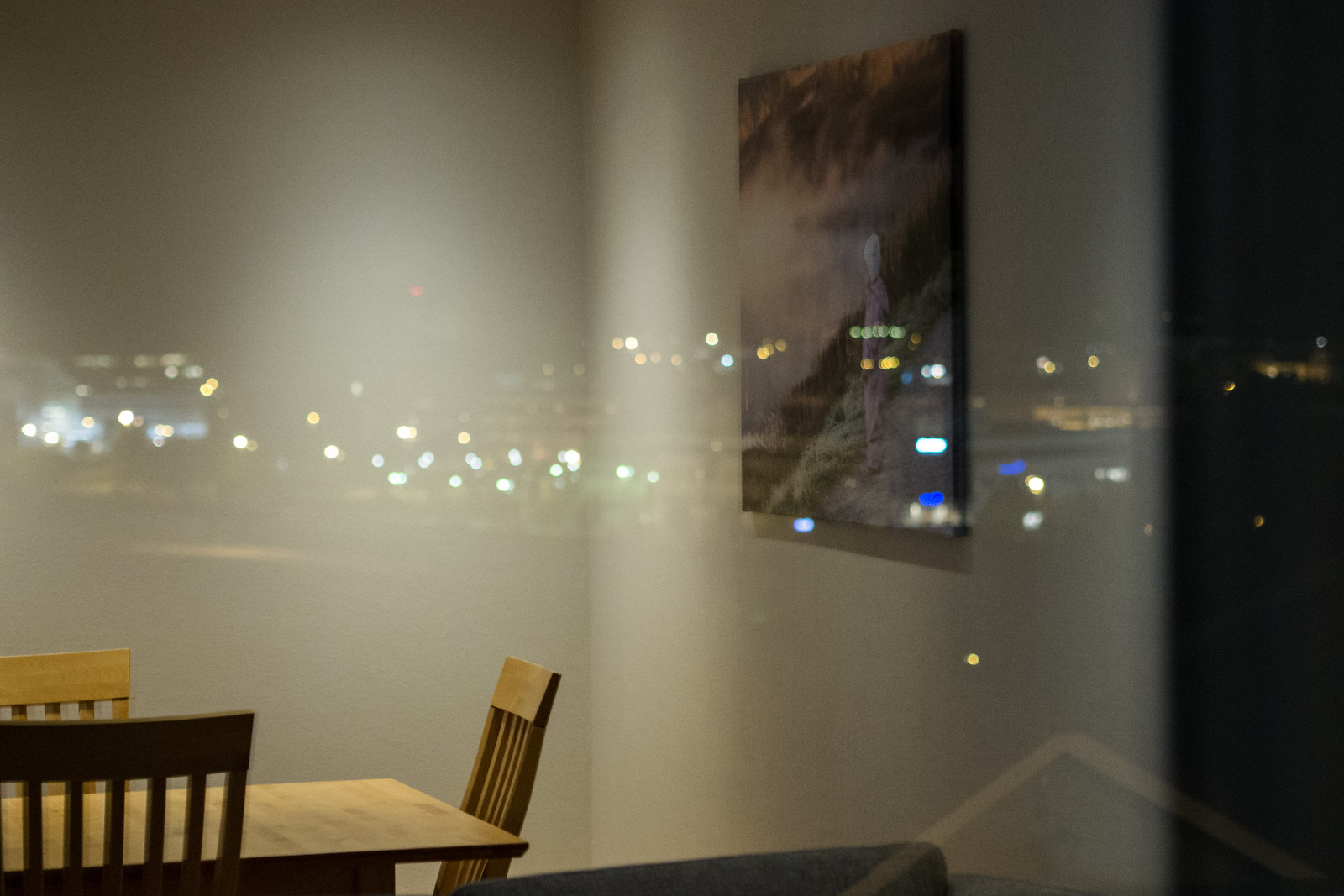
Most importantly it is a big step above the old GF1. With that camera I could feel the pain whenever the light was not 100-ISO conditions. And composing with the rear LCD was at times very irritating. And the stabilization system? I honestly did not think it was that big of a deal -- after all I have been shooting traditional (D)SLRs with no such helps for a long time. But these little cameras are inherently unbalanced due to their low weight so it's almost easier to keep steady a largish DSLR body with a normal lens attached than one of them tiny things.
The small flaws I have found are probably rather known; like you should know before even approaching one of these mirrorless cameras that they will exhaust the battery pretty quickly. So you have to have extra batteries (but perfectly good chinese knock-offs are available on amazon for two or three chocolate money). And the (lack of) grip compared to a DSLR can be unnerving so you gotta use a strap (on my D600 most of the times I don't). Actually there is a tiny thumb-rest on the Olympus that it's really a brilliant idea and makes it slightly easier to hold (I know for example that users of the much more expensive Fuji X-Pro have to buy a second-party thumb-rest).
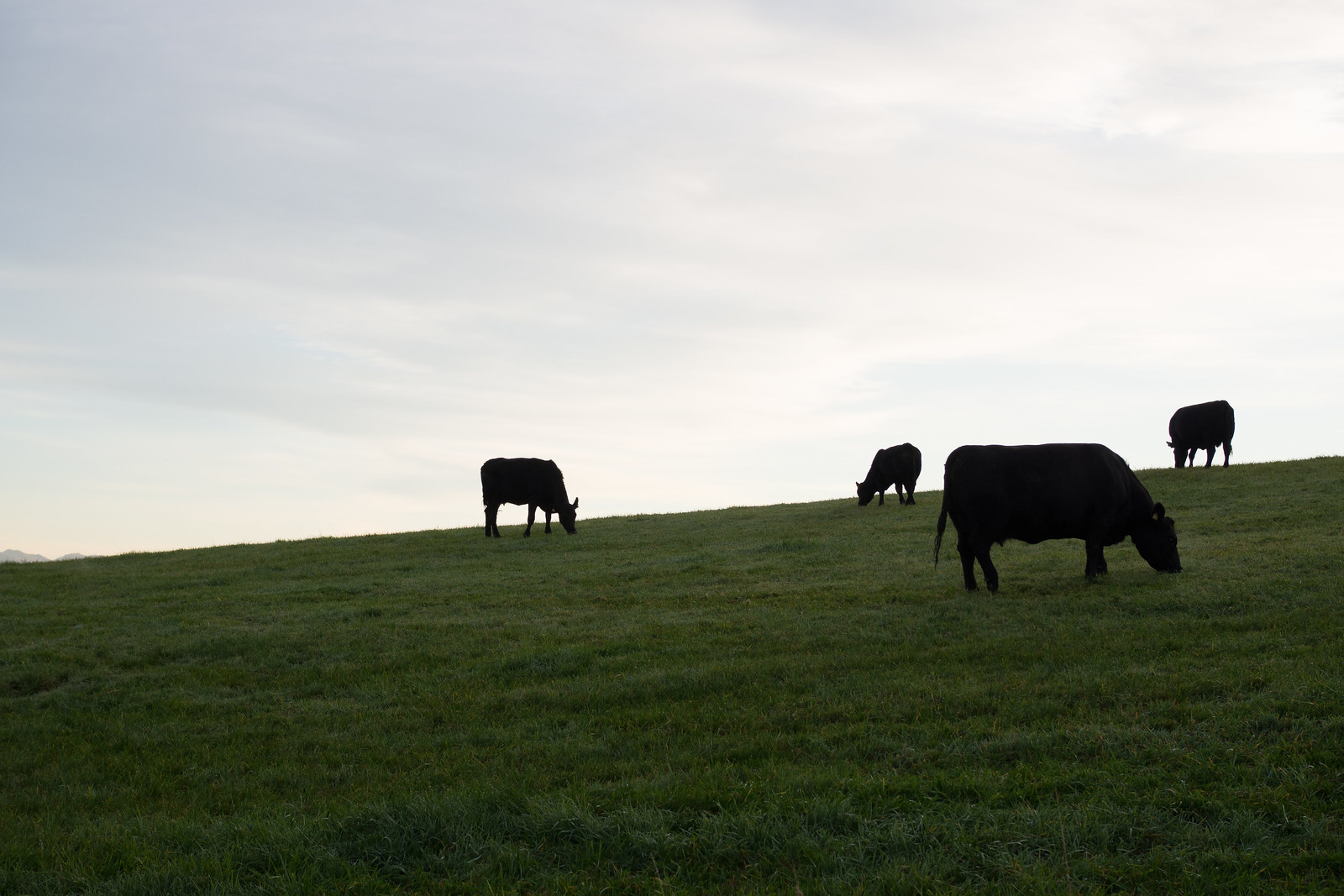
Two of the lenses I have are also very very good; the 25mm and the 45mm. The Panasonic 14mm f/2.5 on the other hand is a piece of shit but it's so tiny and cheap that it's difficult not to recommend over the more expensive options out there (also remember that I don't care too much about wide angles).
If there is a flaw maybe it's this, and it's related to something I wrote at the beginning: there's too much electronics inside and this somehow bothers me. It bothers me that the shutter sound is too subdued; that there is a constant whirring sound when you switch it on (the stabilization system), and despite being surprisingly well built, it most definitely is not a solid piece of metal like a Leica. It is also a fraction of a second too slow in almost everything (switching from EVF to rear LCD; activating the menus; locking the focus; etc.); nothing truly disturbing and I'm pretty sure the most expensive siblings (EM5, EM1) would certainly be faster but all of these things they add up and make for a not entirely compelling experience.
I know very well, I'm making silly comparisons (a 350 euros Olympus compared to a Leica? and what do you mean by "compelling" anyway?). All I will say is that (confusingly enough) this is a fantastic little camera, it gives you the possibility to take great photos (which should be all that you need to worry about), but there is something that holds me from declaring it the best camera ever. I hope you weren't looking for a list of pros and cons and some "final words" on this camera; I think you can find them easily enough on other websites.
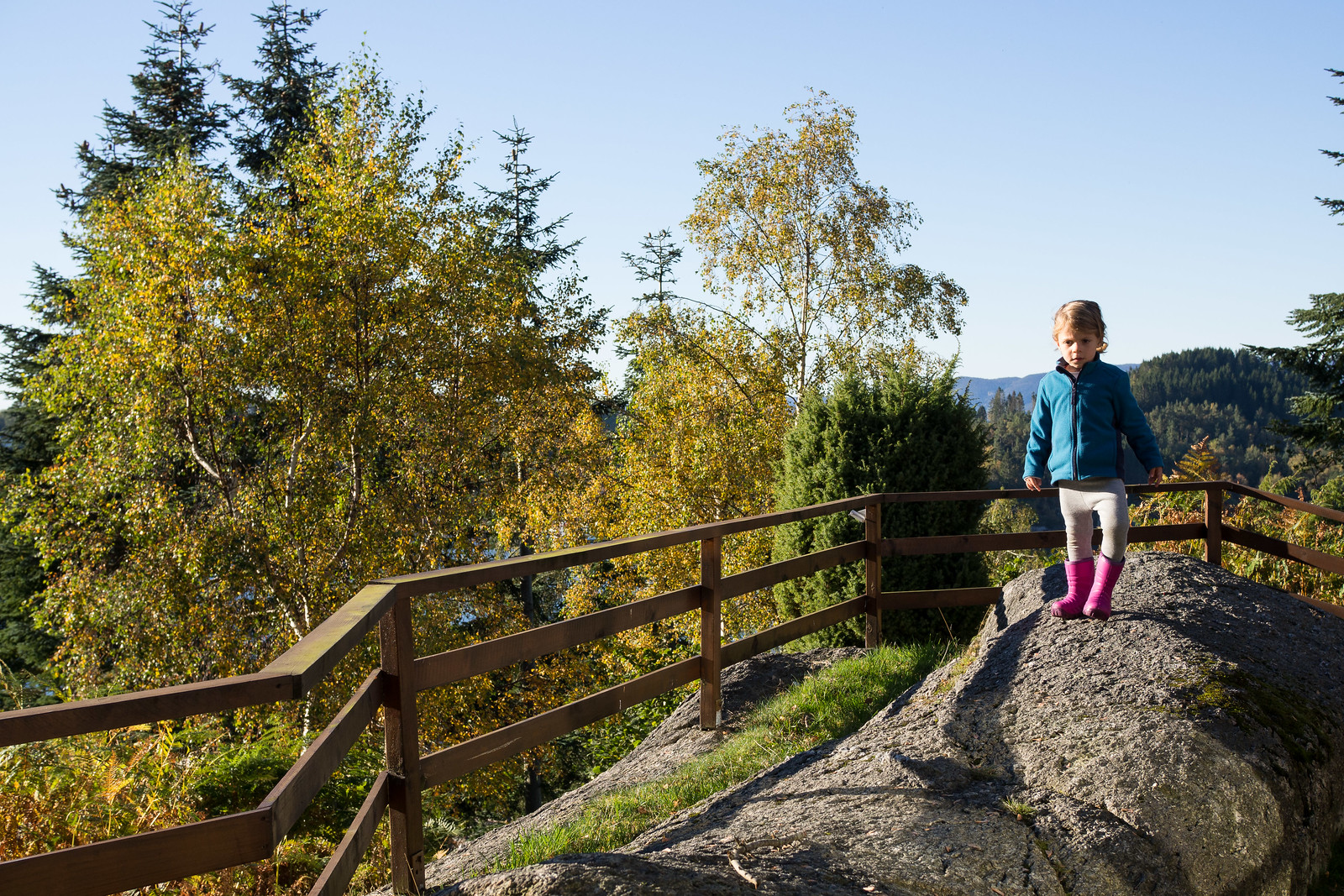
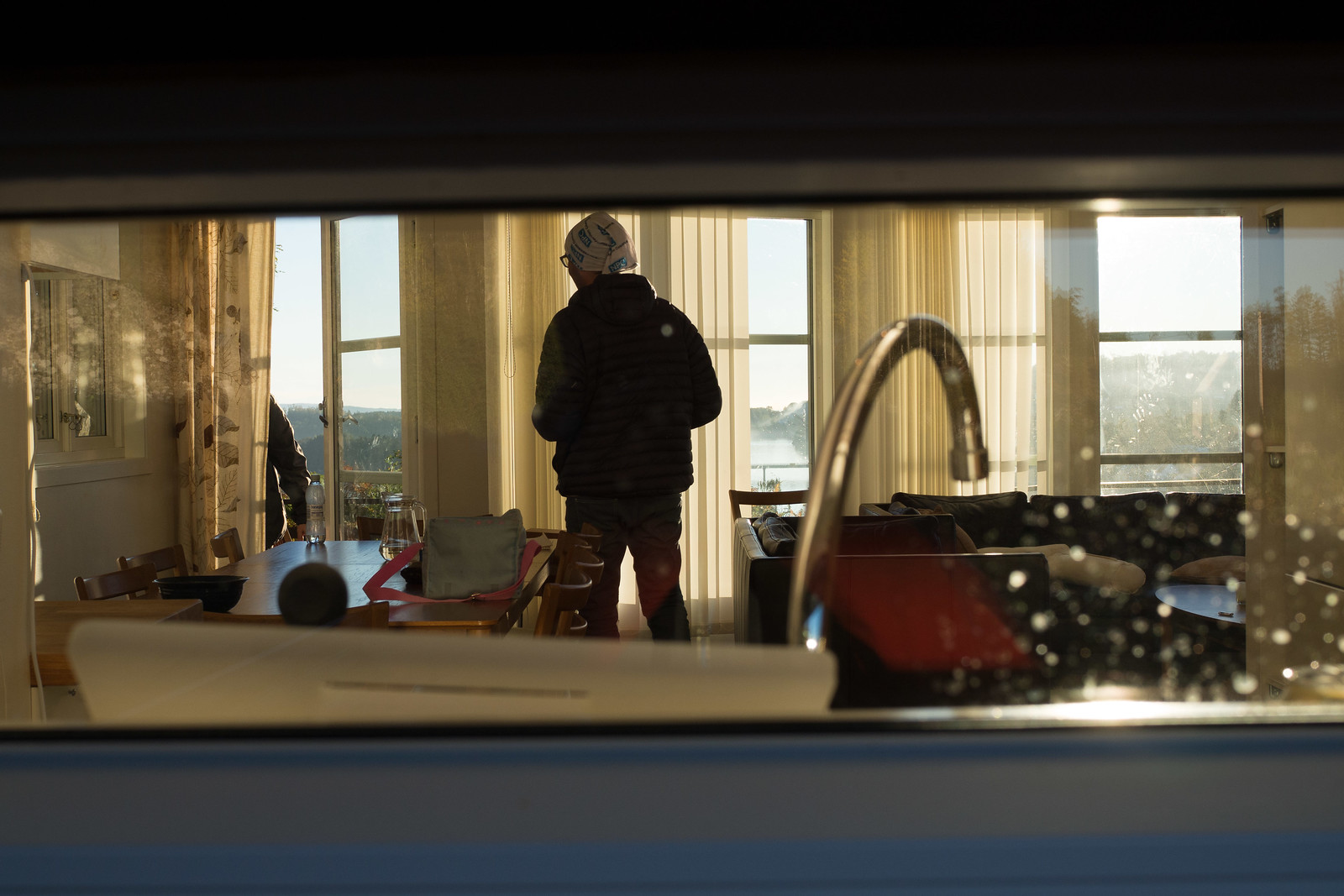
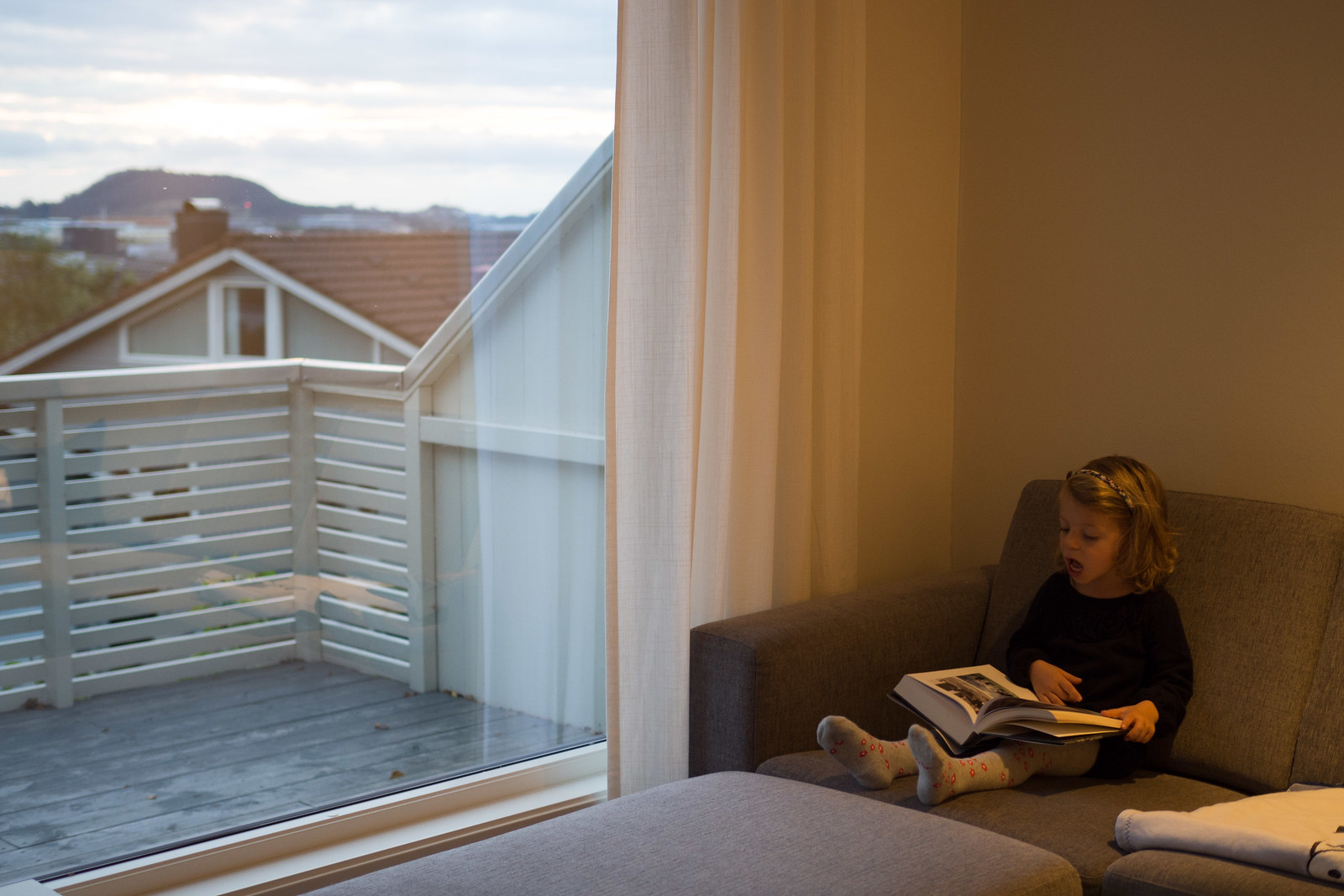
For some more photos taken with this little camera point your browser to this flickr album. All the photos included here are clickable too and will take you to their own flickr page where you can read geeky stuff like lens, aperture and shutter speeds (but don't do that because it's not really important).
-
Obviously I'm talking about the range finder Leicas: the various M-something. ↩
-
The approximate translation in italian of snapshots is "istantanee", which means something that occurs at one moment and the next one is gone. Rather appropriate description for most of the photos I take. ↩
-
They do share the same father after all; both cameras have Sony sensor and I can see how similar they are when their raw files are subjected to heavy treatment. ↩